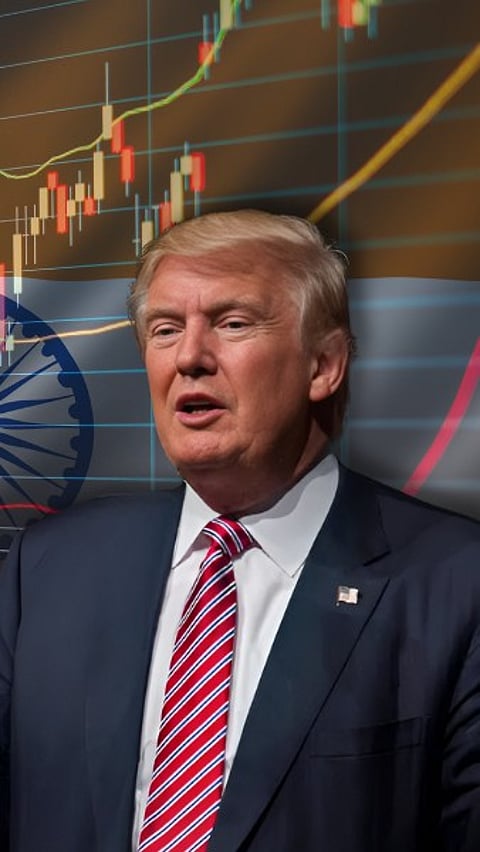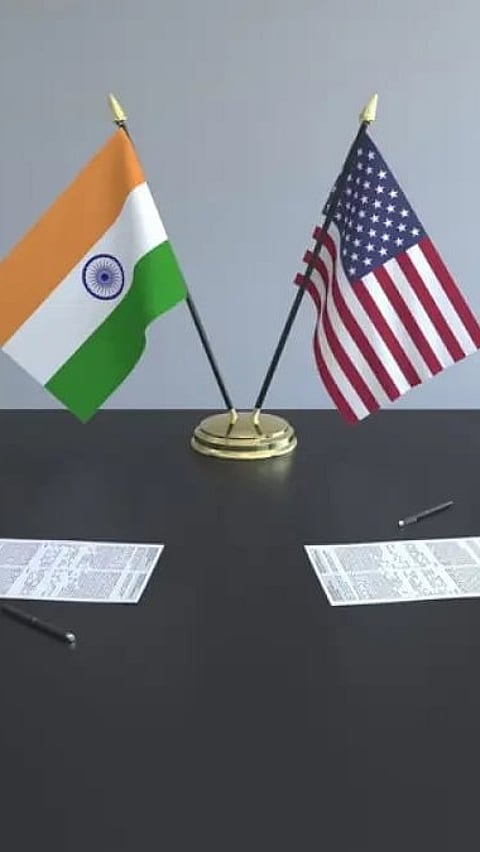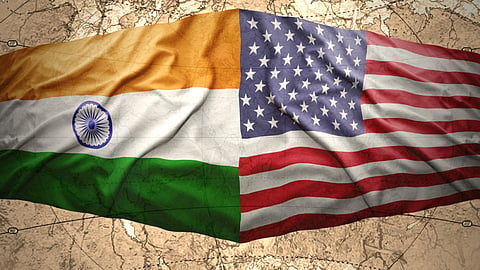As Trump's April 2 tariff deadline nears, analysts warn of turbulence ahead with rising uncertainty making India more vulnerable
Trump's April 2 Tariff Deadline: How India Will Bear the Brunt? Read Here
Trump's April 2 Tariff Deadline: How India Will Bear the Brunt? Read Here

What’s at Stake for India?
India could face an export loss of $6 billion (0.16% of GDP) if the US imposes 10% tariffs—and a whopping $31 billion if tariffs hit 25%, as per a report by Emkay Global. With sector-wise tariffs posing challenges, a broad country-level tariff seems the most likely move.

India-US Trade Game
India’s trade surplus with the US has doubled from $17B (FY15) to $35B (FY24), driven by electronics, pharma and textiles.
US exports to India: 2% of total US goods exports
US imports from India: 2.7% of total US goods imports (up from 1.8% in 2013)

Still in a better position?
Despite the growth, India ranks 10th among US trade surplus partners—making it less likely to face the direct tariff heat like Mexico, Canada, or China, as per analysts.

India-US Trade: Low Tariff Exposure
As of FY24, approximately 82% of India's imports from the US (by value) faced tariffs below 10%, with 27% having tariffs under 5%. Only about 3% of imports were subject to tariffs exceeding 20%.

What about Auto Sector?
With tariffs in focus, auto parts & accessories led India's exports to the US, totaling $2.1 billion in FY24. Yet, India's share in US auto component imports remains small at 2%, compared to:
Mexico – 39%
Canada – 13%
China – 12%
However, these top suppliers currently face higher tariffs than India. So even if reciprocal tariffs are imposed, India could stay competitive.

Not an Easy Move by the US
Implementing reciprocal tariffs at an individual commodity level—covering approximately 13,000 items across 200 countries—would require managing nearly 2.6 million tariff rates. This does not include exemptions and exceptions, making it a highly complex undertaking, as per the report.

